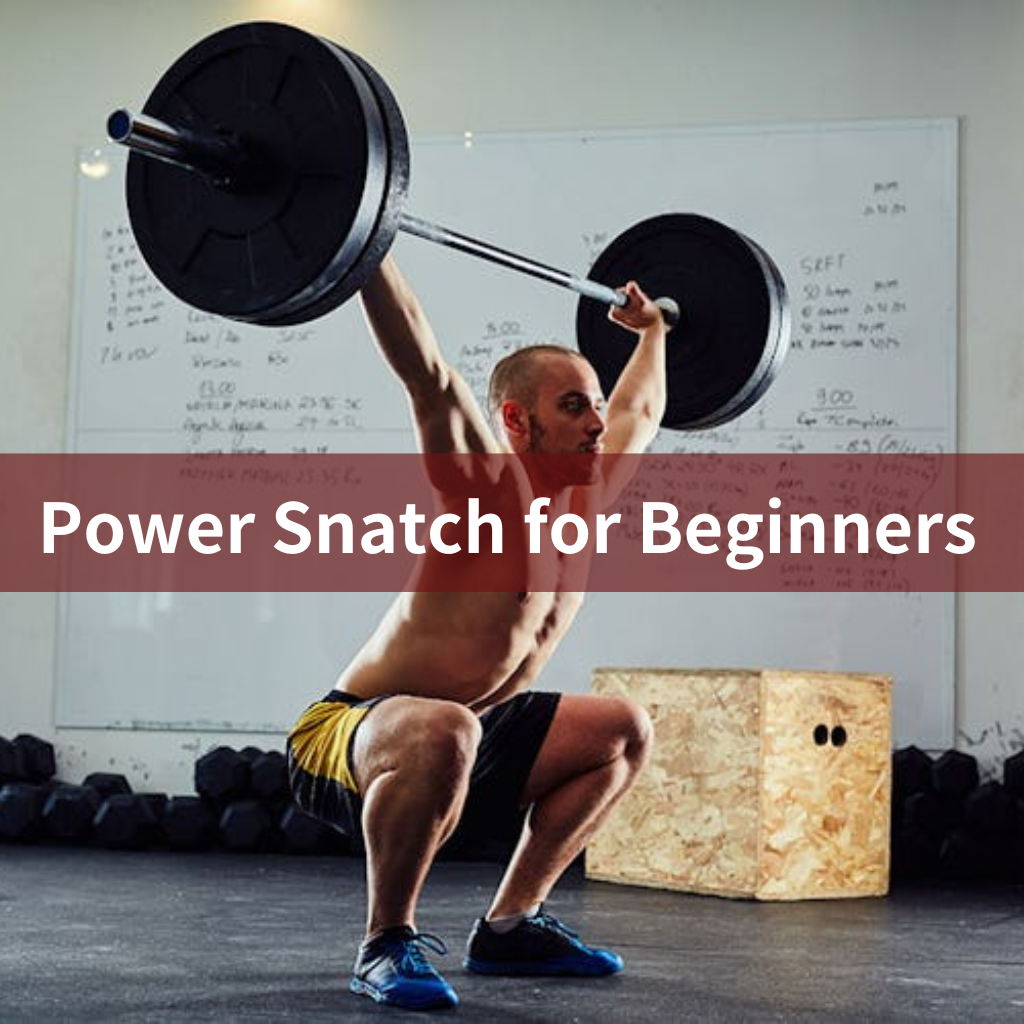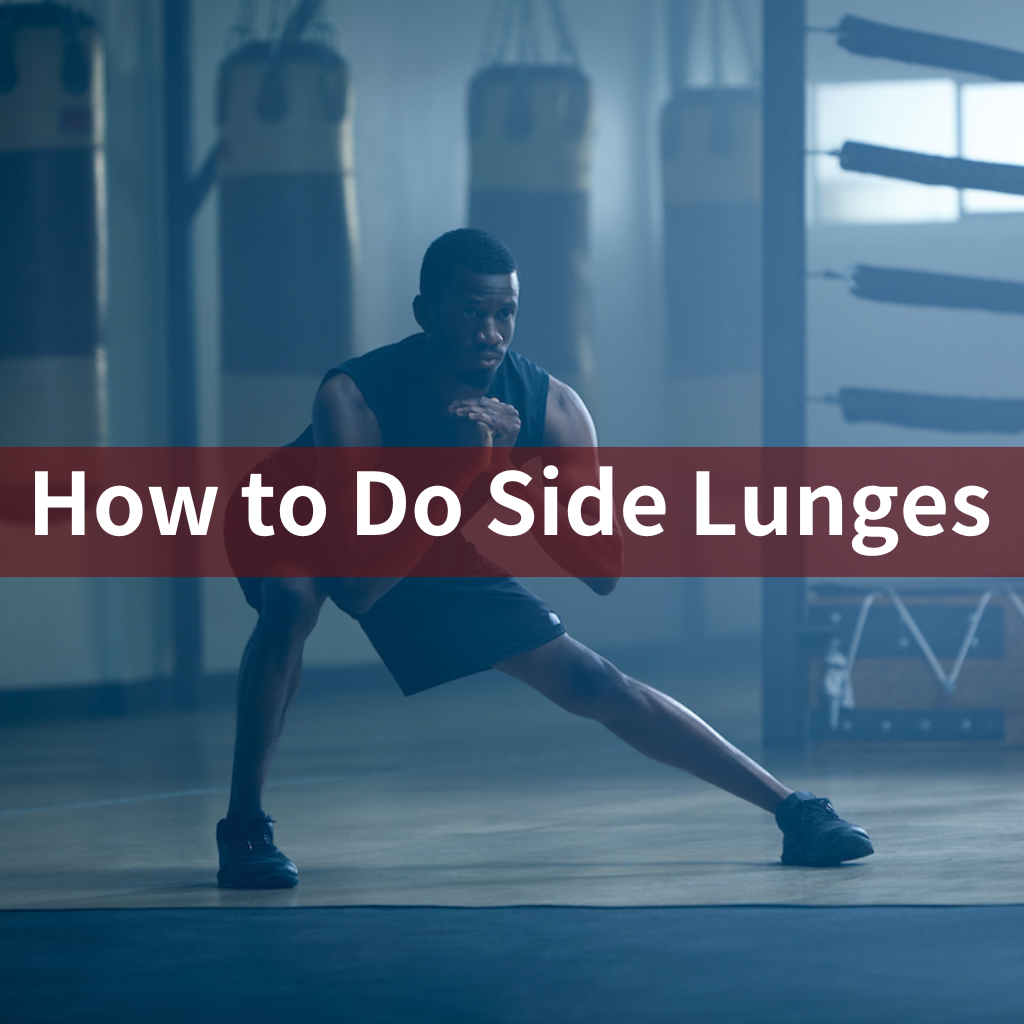If you’re trying to build stronger, more defined glutes, improve your athletic performance, or simply tone your lower body, the dumbbell hip thrust is the exercise you need in your arsenal. This simple yet powerful move isn’t just for fitness enthusiasts—anyone can reap its benefits. Ready to learn how to master it? Let’s dive into everything you need to know.
Table of content
Why Dumbbell Hip Thrusts Are Your New Best Friend

The dumbbell hip thrust is a strength-training exercise that targets the glute muscles while also engaging the hamstrings, lower back, and core. Unlike barbell hip thrusts, the dumbbell variation uses a single dumbbell as resistance, making it accessible for beginners and those training at home.
Here’s why it’s so effective:
- It isolates the glutes better than squats or lunges.
- It’s adjustable for all fitness levels—simply use a heavier or lighter dumbbell.
- It supports joint health by strengthening muscles that stabilize your hips and knees.
The Science Behind the Squeeze
Let's get technical for a moment! When you perform dumbbell hip thrusts, you're targeting:

Primary Muscles:
- Gluteus Maximus (your main booty muscle!)
- Gluteus Medius
- Gluteus Minimus
- Hamstrings
Secondary Muscles:
- Core muscles
- Lower back
- Hip flexors
- Quadriceps
How to Do a Dumbbell Hip Thrust (Step-by-Step)
Mastering proper form is key to reaping the full benefits of the dumbbell hip thrust while avoiding injury.
1.Set Up
- Sit on the ground with your upper back against a weight bench or elevated surface.
- Roll a dumbbell onto your hips or place it there carefully.
2.Position Your Feet
- Bend your knees, keeping your feet flat on the ground and hip-width apart.
- Your shins should be vertical at the top of the movement.
3.Engage Your Core
- Brace your abs and maintain a neutral spine throughout the exercise.
4.Lift Your Hips
- Push through your heels and lift your hips upward. Squeeze your glutes as hard as possible at the top.
5.Lower Your Hips Slowly
- Return to the starting position with control, keeping tension in your glutes.
Common Mistakes (And How to Fix Them!)
Don't let these form flaws sabotage your gains:
1.Back Arch
❌ Problem: Excessive lower back arch
✅ Fix: Maintain neutral spine, focus on posterior pelvic tilt
2.Knee Position
❌ Problem: Knees caving in
✅ Fix: Keep knees tracking over toes
3.Hip Position
❌ Problem: Not reaching full extension
✅ Fix: Focus on driving hips up until body forms straight line
Dumbbell Hip Thrust:Floor vs. Bench: Which is Better?
Floor Dumbbell Hip Thrust

- Pros: Easier to set up, beginner-friendly, and reduces strain on the lower back.
- Cons: Limited range of motion, which may reduce glute activation.
Bench Dumbbell Hip Thrust

- Pros: Allows for a greater range of motion, leading to more glute engagement and muscle growth.
- Cons: Requires setup and balance, making it slightly more advanced.
Which Should You Choose?
- For Beginners: Start on the floor to build strength and confidence.
- For Advanced Training: Use a bench to maximize range and glute activation.
Dumbbell Hip Thrust Variations
Switching up your routine keeps things interesting and challenges your muscles in new ways. Here are some variations to try:
Table of content
1.Single-Leg Dumbbell Hip Thrust

Why Try It?
This variation focuses on unilateral strength, helping to correct muscle imbalances and intensify the glute workout.
How to Do It:
- Sit on the floor with your upper back against a bench.
- Place a dumbbell on your hips and extend one leg straight.
- Push through the heel of the planted foot, lifting your hips.
- Pause at the top, squeezing your glute, then lower slowly.
- Switch legs and repeat.
Tip: Keep your hips level throughout the movement to ensure proper engagement.
2.Banded Dumbbell Hip Thrust

Why Try It?
Adding a resistance band increases tension on the glutes throughout the movement, making it more challenging.
How to Do It:
- Place a resistance band above your knees.
- Perform the dumbbell hip thrust, ensuring your knees push outward against the band.
- Keep tension on the band at all times to maximize glute activation.
Tip: This is perfect for targeting the glute medius, which helps shape the sides of your hips.
3.Dumbbell Hip Thrust Hold
Why Try It?
Holding the top position increases time under tension, boosting muscle endurance and strength.
How to Do It:
- Perform a standard dumbbell hip thrust.
- When your hips reach full extension, hold the position for 3–5 seconds while squeezing your glutes.
- Lower slowly and repeat.
Tip: Keep your core tight to maintain stability during the hold.
4.Elevated Dumbbell Hip Thrust

Why Try It?
Using an elevated surface for your feet increases the range of motion, making the exercise more intense.
How to Do It:
- Place your feet on a step or box while your upper back rests on a bench.
- Perform the dumbbell hip thrust, ensuring full hip extension at the top.
Tip: Start with a low elevation and progress as you get stronger.
5.Dumbbell Glute Bridge (Floor Variation)

Why Try It?
If you can’t access a bench, this variation still provides an effective glute workout.
How to Do It:
- Lie on the floor with your knees bent and feet flat.
- Place a dumbbell on your hips and lift them until your body forms a straight line.
- Lower slowly and repeat.
Tip: Focus on squeezing your glutes at the top for maximum effect.
How to Incorporate Dumbbell Hip Thrusts Into Your Routine
Here’s how to include this exercise in your workouts:
- As a Glute Focus: Perform 3–4 sets of 8–12 reps using a heavy dumbbell to build glute strength.
- In a Lower Body Day: Pair hip thrusts with squats, deadlifts, and lunges for a comprehensive leg workout.
- In a Circuit: Add them to a full-body workout for an extra glute burn.
Sample Workout Programs
Quick Glute Activation (10 minutes)
3 rounds:
- 15 bodyweight hip thrusts
- 12 dumbbell hip thrusts
- 10 single-leg hip thrusts
- 30 seconds rest
Complete Glute Builder (20 minutes)
4 rounds:
- 15 dumbbell hip thrusts
- 12 Bulgarian split squats
- 20 glute bridges
- 45 seconds rest
Advanced Booty Blast (30 minutes)
5 rounds:
- 20 heavy dumbbell hip thrusts
- 15 deficit hip thrusts
- 12 single-leg variations
- 60 seconds rest
FAQs
How Much Weight Should I Use?
Beginners can start with a 10–20 lb dumbbell. Gradually increase the weight as your strength improves. Always prioritize form over heavy loads.
How Often Should I Do Dumbbell Hip Thrusts?
For optimal results, include this exercise in your routine 2–3 times weekly. Pair it with other lower-body exercises for a balanced workout.
Why Do My Hamstrings Take Over During the Exercise?
This usually happens if your feet are positioned too far from your body. Adjust your foot placement to ensure the glutes are the primary movers.
What are the benefits of dumbbell hip thrusts?
- Glute Strength and Growth: One of the best exercises for targeting and building the glutes.
- Improved Athletic Performance: Enhances hip extension, benefiting activities like sprinting and jumping.
- Postural Support: Strengthens the posterior chain, helping to improve posture and reduce back pain.
- Versatility: Can be performed anywhere with minimal equipment.
How does the dumbbell hip thrust compare to the barbell hip thrust?
- Dumbbell Hip Thrust is ideal for beginners or those training at home. It is easier to set up and less intimidating.
- Barbell Hip Thrust: Allows for heavier loads and is better suited for advanced lifters targeting maximal glute strength and growth.
Can dumbbell hip thrusts replace squats?
While both exercises work the lower body, dumbbell hip thrusts primarily target the glutes, whereas squats are more quad-dominant. Both exercises are complementary and should be included in a balanced routine.
What should I do if I feel discomfort in my hips?
Discomfort may occur if the dumbbell is pressing too hard against your hips. Use a folded towel, pad, or cushion for added comfort.
Conclusion: Your Path to Glute Gains
Dumbbell hip thrusts are your secret weapon for building stronger, more defined glutes at home. Remember:
- Form is everything
- Progressive overload is key
- Consistency brings results
- Listen to your body
- Track your progress
Start with mastering the basics, focus on proper form, and gradually increase the challenge. Your glutes will thank you!


